Are stabilisation measures backfiring?
High interest rates, import compression and regressive taxation leading to low growth, unemployment
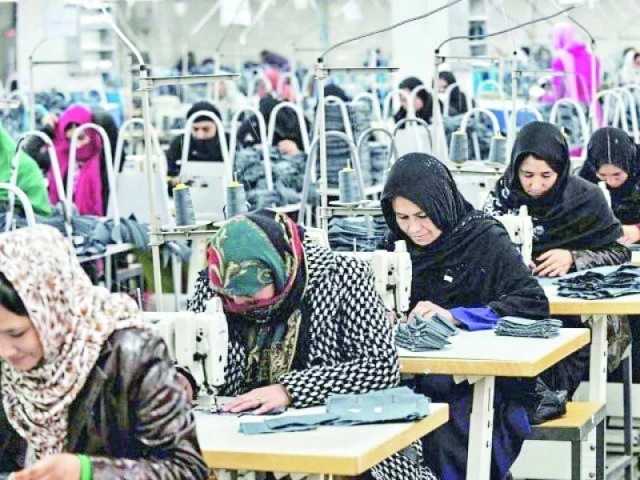
The stabilisation measures have impacted the real economy a great deal. The market economy has been growing slowly, as indicated by the statistics of GDP. The current account surplus from July to May 2025 remained around $1.8 billion. This surplus has been achieved at the expense of imports, where deliberate attempts have been made to scale down imports in the last couple of years. In addition, remittances of around $38 billion also helped in achieving the surplus.
The massive import compression, started in FY2023 to stabilise the economy, has produced results. This compression played an important role in bolstering the foreign exchange reserves held by the State Bank of Pakistan (SBP), which have crossed $14 billion. If the economy operates at the current level, foreign exchange reserves will cover around 2.5 months of merchandise imports, since imports remained around $58 billion in FY2025.
Apart from rollover of commercial loans from China, the SBP intervened in the foreign exchange market to fulfil the target of foreign exchange reserves agreed with the International Monetary Fund (IMF).
On the monetary front, the SBP has kept the policy rate at 11% to attract international financial capital. This high rate will attract hot money to finance the current account in the event it turns into deficit. The growth in imports is linked with the growth in the real economy, which will turn the current account surplus into a deficit.
As the level of aggregate demand is low, business firms cannot sell their products to consumers. Furthermore, the level of aggregate demand remained low owing to regressive taxation and high energy costs. The gas prices have been revised upward in FY2026, while electricity prices are already at an elevated level. The higher international crude oil prices have started to affect the masses. The salaried class has paid around Rs550 billion in income tax in FY2025, and the tally would remain around this level in the current financial year. All these measures have reduced the purchasing power of consumers.
Many firms have invested in treasury bills, bonds, and Sukuk, since these firms intend to remain liquid. A whopping Rs13.5 trillion has been parked by the corporate sector in bills, bonds, and Sukuk till December 2024. Business firms did not enhance investment in the capital development of the country. As a result, the index of the Large-Scale Manufacturing sector has decelerated by 1.2% in the eleven months of FY2025.
The government did spend around Rs1,050 billion through the Public Sector Development Programme (PSDP) in FY2025. The tight-fisted Ministry of Finance (MoF) allowed the release of a large chunk of the budgeted funds in the last quarter. The development funds have been diverted from development projects to meet the primary budget surplus.
The tight fiscal and monetary policies have also reduced the level of economic activity a great deal. The high debt servicing cost has further reduced the fiscal space of the government. Under the Extended Fund Facility (EFF), the government intends to bring down the fiscal deficit to around 6%. This reduction in the fiscal deficit can be achieved by scaling down development expenditure.
The impact of low development expenditure has already affected the cement, steel, glass, and allied manufacturing sub-sectors. In addition, the construction sector remained dull in the outgoing financial year.
In a nutshell, stabilisation measures have started to implicate the masses a great deal. Under the emerging situation, the people are facing unemployment and underemployment. The level of unemployment is high for university graduates. This situation is grave from the socio-political point of view. Will policymakers take stock of the situation?
THE WRITER IS AN INDEPENDENT ECONOMIST

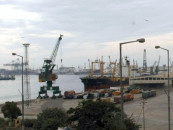
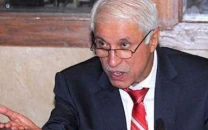
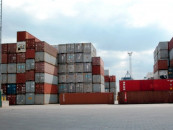

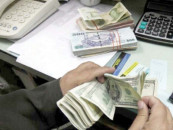


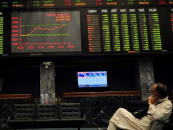













COMMENTS (2)
Comments are moderated and generally will be posted if they are on-topic and not abusive.
For more information, please see our Comments FAQ